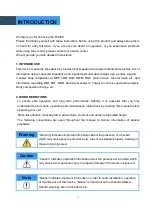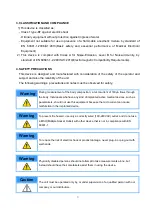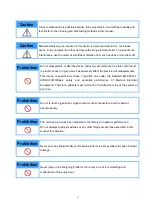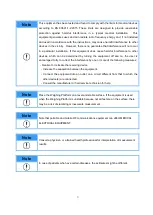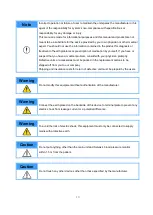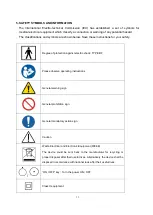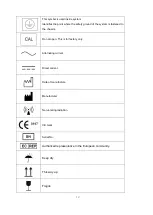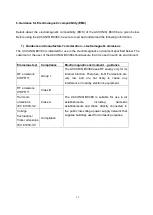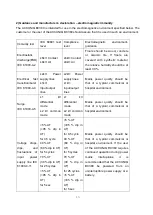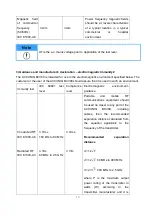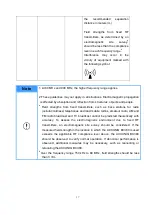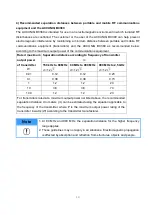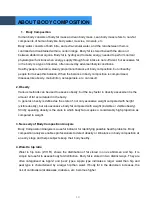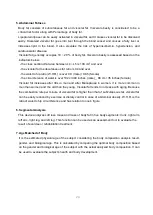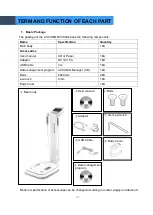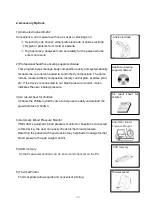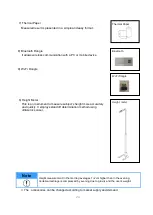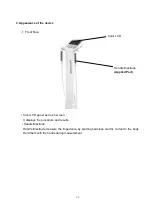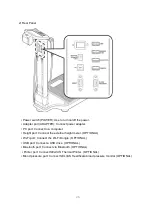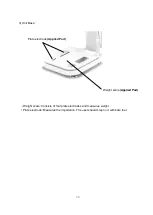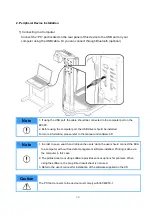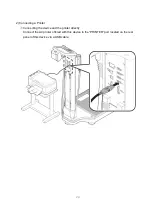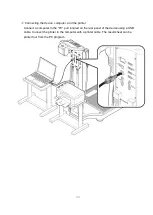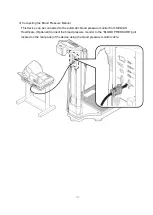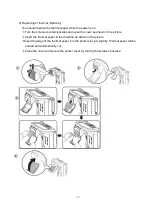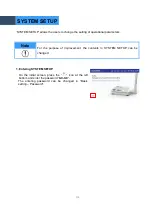
19
ABOUT BODY COMPOSITION
1. Body Composition
Human body consists of body fat mass and lean body mass. Lean body mass refers to non-fat
components of human body like body water, muscles, minerals, etc.
Body water consists of both intra- and extra-cellular water, and the ratio between them is
controlled and maintained within a certain range. Body fat is stored beneath the skin and
between abdominal organs. Body fat is hydrolyzed to make energy needed to perform normal
physiological functions when energy supply through food intake is not sufficient, but excessive fat
in the body is a type of disorder, often caused by adverse lifestyle conditions.
Healthy people maintain a steady proportional balance of body composition, but unhealthy
people fail to keep this balance. When the balance in body composition is compromised,
diseases like obesity, malnutrition, osteoporosis, etc. can result.
2. Obesity
Various methods can be used to assess obesity, but the key factor in obesity assessment is the
amount of fat accumulated in the body.
In general, obesity is defined as the state of, not only excessive weight compared with height
(visible obesity), but also excessive body fat compared with weight (invisible or visible obesity).
Strictly speaking obesity is the state in which body fat occupies a considerably high proportion as
compared to weight.
3. Necessity of Body Composition Analysis
Body Composition Analysis is a useful indicator for identifying possible health problems. Body
composition analysis enables professionals to detect obesity or imbalance in body composition at
an early stage and helps subjects keep their body healthy.
4. Waist to hip ratio
Waist to hip ratio (W.H.R.) shows the distribution of fat stored in one’s abdomen and hip. It is
simple but useful to assess body fat distribution. Body fat is stored in two distinct ways. They are
often categorized as 'apple' and 'pear' types. Apple type indicates a larger waist than hip and
pear type is characterized by a larger hip than waist. If body fat in the abdomen increases, the
risk of cardiovascular diseases, diabetes, etc. becomes higher.
Summary of Contents for Accuniq BC380
Page 1: ......

